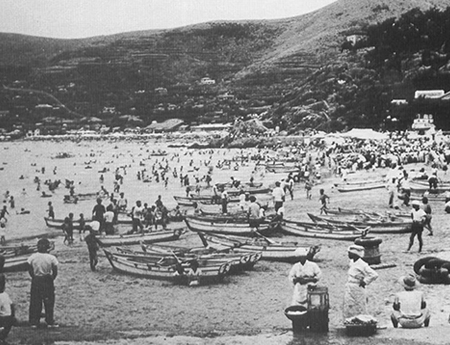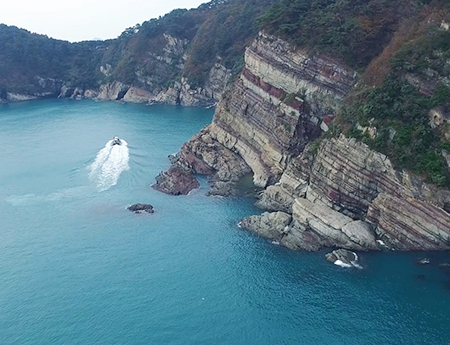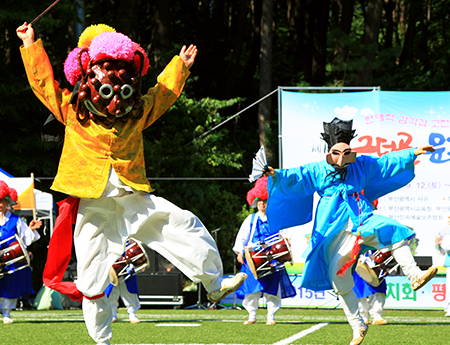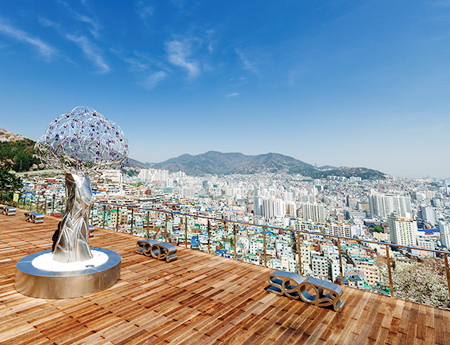The first human presence in the Seo-gu area can be traced back to the Neolithic Age. Apparently, Seo-gu has long been a good place to live for human beings. Along with the opening of Busan Port, a modernized urban town was formed in the area, leading the modernization of Busan as a port city. Looking back the history of the Korean Peninsula, Seo-gu has played a pivotal role; during the Korean War, Seo-gu was the seat of the Provisional Government Office, and the Gyeongsangnam-do Provincial Government and the Court Complex had also been located in Seo-gu for a long time.
Seo-gu has made continued development after being promoted to a Gu under the Gu (administrative district unit) system that was implemented in 1957. Keeping with the autonomous local government system that was introduced in 1988 throughout the country, Seo-gu became an autonomous Gu and has set a good example for listening to the voices of its residents ever since. After 40 years of service, the Seo-gu Office moved from Daesin-dong to Chungmu-dong in January 2003 and is continuously doing its utmost to make life in Seo-gu better, while pursuing the “Happy and Livable Seo-gu District.”
BusanSeogu Main Navigation Menu
- About Seo-gu
- Seo-gu Office
-
Culture & Tourism
Culture & Tourism
- Cultural Assets
- Archaeological site in daesin-dong
- The Amnam-dong Shell mound
- Ancient Tombs in Chojang-dong
- Earthen Fortification Site
- Seokseongsanseong, stone Mountain Fortress
- Gudeok Reservoir site
- Busan prison
- The Busan-bu Hospital
- Daejeong Park
- The Busan Public Sports Complex
- Provisional Government building, busan
- Buminpo
- Maechukji
- The site of Daesin-dong streetcar teminal
- The Namhang Breakwater
- The Site of Busan Girl's High school
- Monument for Yi Sun-sin
- The Site of Germany Red Cross Hospital
- The Memorial Monument to New Zealand's Participation in the Korea War
- 10 Tourist Attaractions
- Attractions of Seo-gu
- Museum
- Festivals
- Cultural Heritage
- Certificate of Meritorious Subject Issued to Sim J
- Earthenware Horn Cups with Horse Head Decoration
- Jija Chongtong Gun
- Donggwoldo
- Ssangja Chongtong Gun
- Calligraphy by An Jung-geun
- Gilt-bronze Standing Buddha from Borisa Temple Sit
- Painting of the Vulture Peak Assembly
- Folding Screen of Embroidered Chochungdo
- Transcription of Saddharmapundarika Sutra
- Earthenware Bowl with Raised Pattern
- Folding Screen of Heonjong garye jinhado
- Cultural Assets
- General Information



